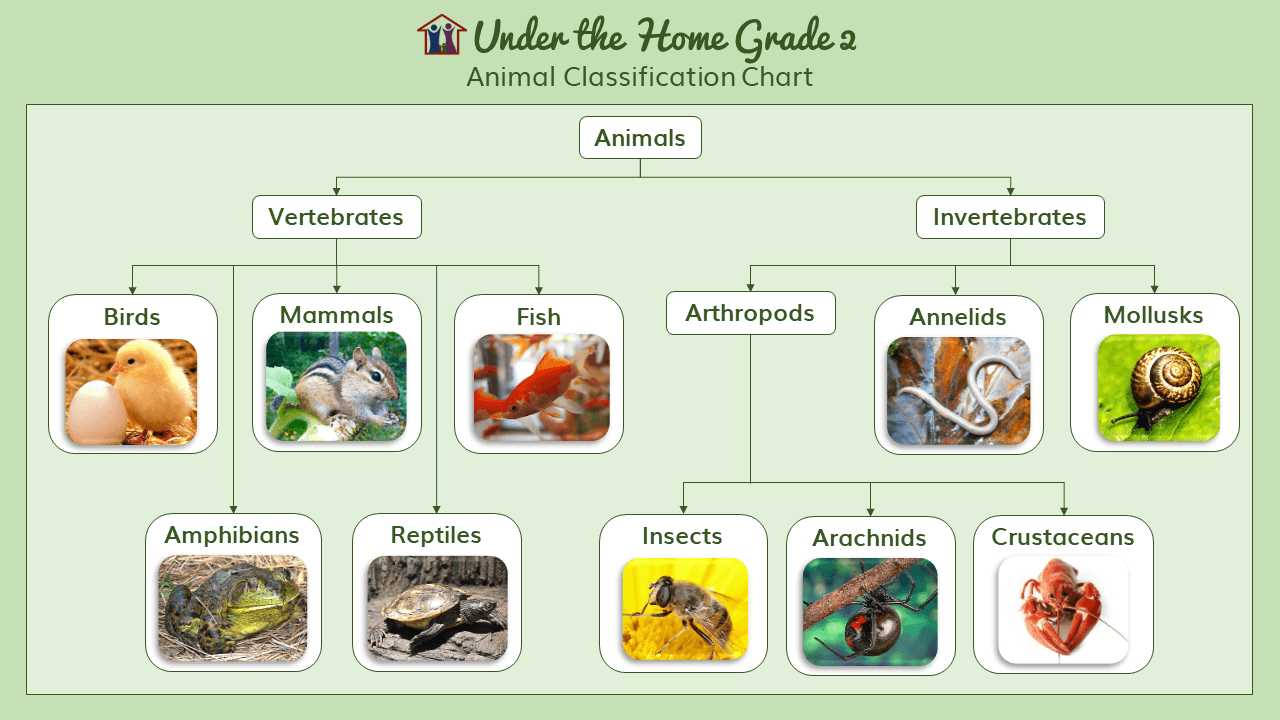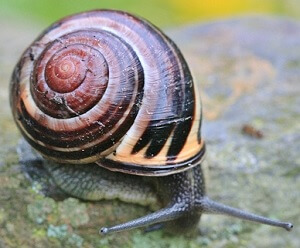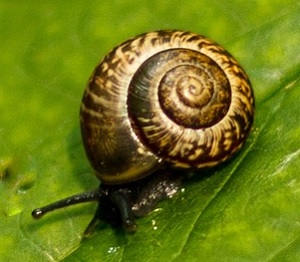Study the lesson for one week.
Over the week:
Did you know snails hibernate during cold winter months?
Facts about snails hibernation:
Activity 1: Narrate the Story
Activity 2: Watch the Video
Activity 3: Classify the Animal

Activity 4: Sketch Clockwise and Counterclockwise Spirals


Activity 5: Recite a Poem
Little Diogenes bearing your tub, wither away so gay,
With your eyes on stalks, and a foot that walks, tell me this I pray!
Is it an honest snail you seek that makes you go so slow,
And over the edges of all things peek? Have you found him, I want to know,
Or do you go slow because you know, your house is near and tight?
And there is no hurry and surely no worry lest you stay out late at night.
Activity 6: Color and Label a Snail

Activity 7: Take a Nature Walk
Take a nature walk, locate a snail or other animal to observe, gather data and notes, and use that information to create a field book entry. You may wish to take a pencil and a small notebook to jot down sketches and observations. If you can't find a snail, you might make a sketch based on the video in Activity 2.
Before you take the nature walk, review:
Behavioral observations include:
Habitat observations include:
Appearance observations include:
Activity 8: Complete a Field Book Entry
